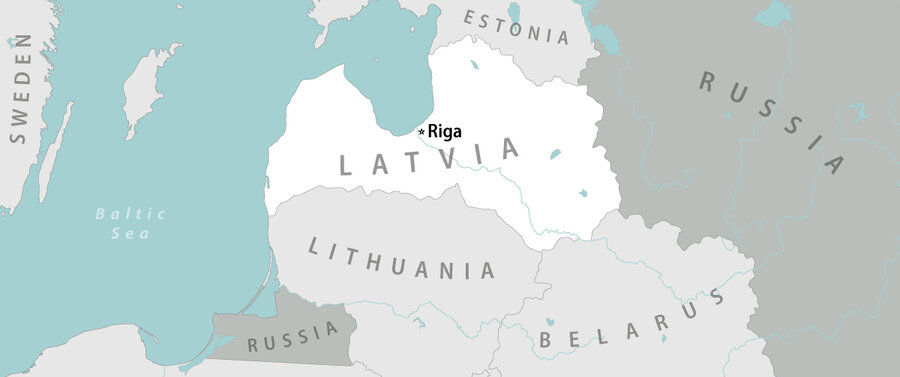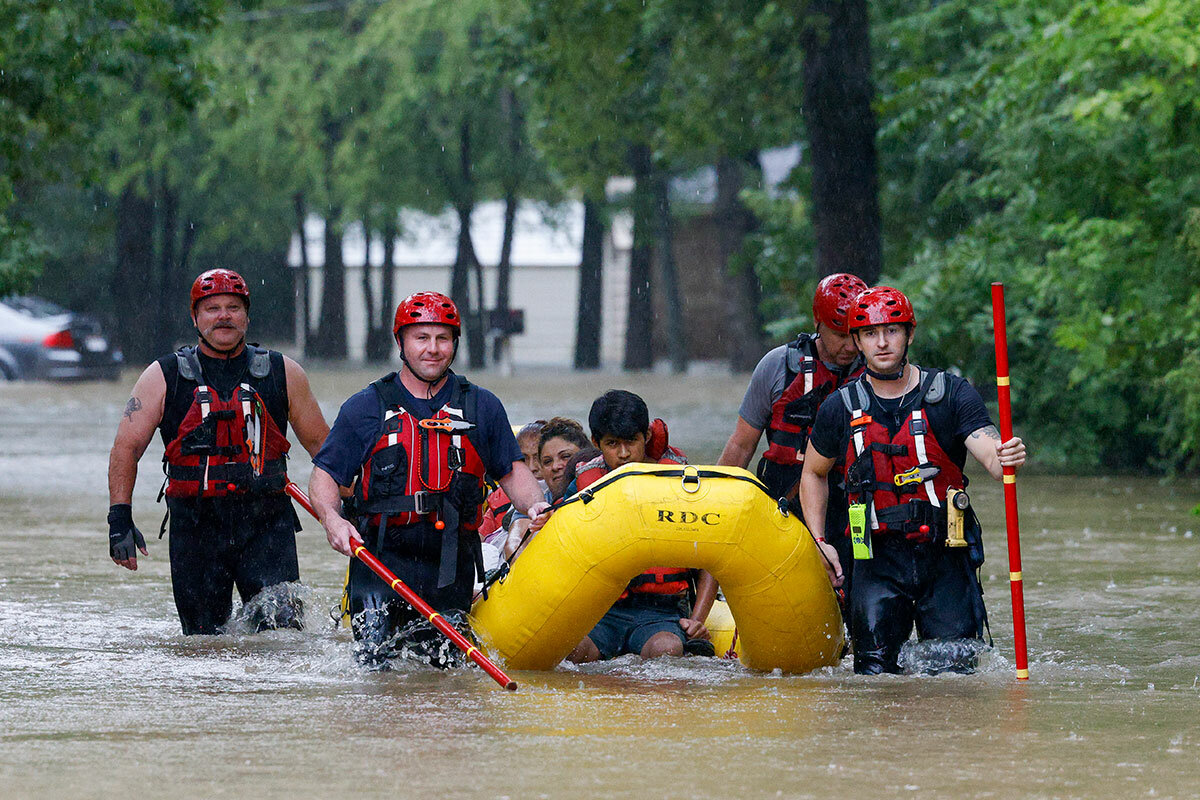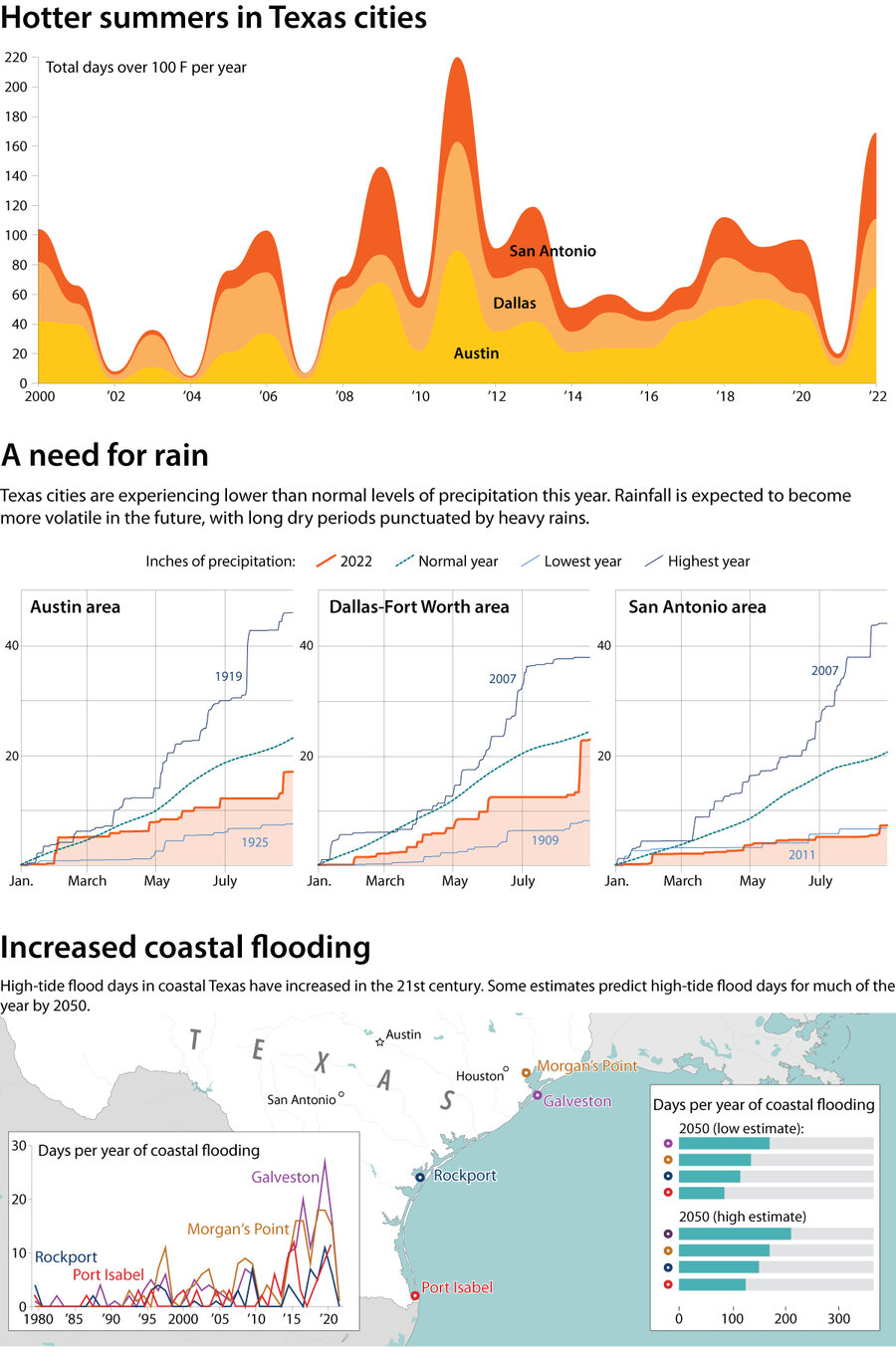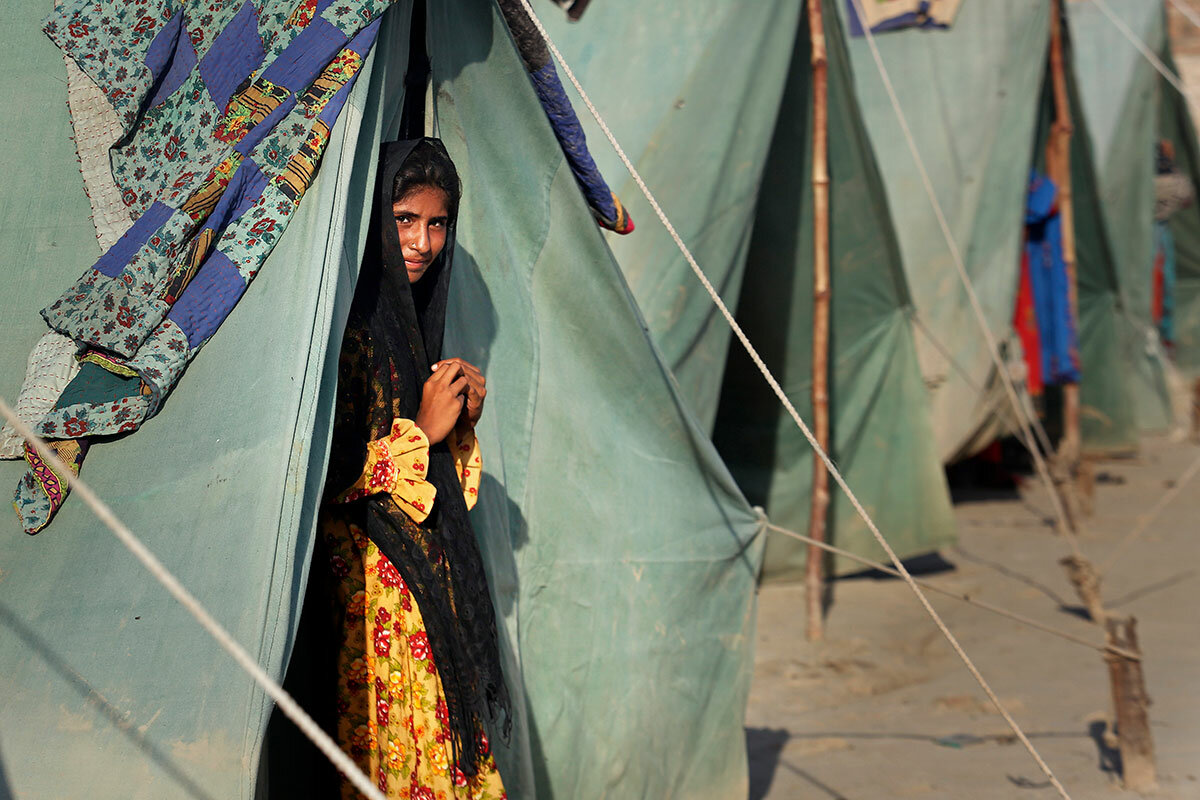Latvia had been making progress toward the inclusion of its ethnic Russian citizens. But the war in Ukraine has frozen such movement as the government raises its guard against neighboring Russia.
Monitor Daily Podcast
- Follow us:
- Apple Podcasts
- Spotify
- RSS Feed
- Download
 Peter Grier
Peter Grier
What was in the leather-bound box?
That’s a question that’s been a matter of great interest in Washington since the Department of Justice revealed on Aug. 12 that the FBI had seized such a box in its search of former President Donald Trump’s Mar-a-Lago home.
Now we may have a partial answer. Last night federal prosecutors attached an intriguing photo to a new court filing – a stack of documents marked “Secret” and “Top Secret” laid on a rug. They came from a container in Mr. Trump’s office, said the filing.
The papers are identified as “Exhibit 2A.” This suggests they were in the leather box, which is labeled “Exhibit 2.” The fancy box’s purpose remains undisclosed.
The papers – whether they were nestled in the box or not – are a visual symbol of the troubles facing Mr. Trump.
According to the FBI, they remained in the former president’s workspace long after the Department of Justice had issued a subpoena requesting return of all papers marked classified – and months after Mr. Trump’s lawyers attested he had done so.
It is possible they weren’t returned due to chaotic record keeping, or some administrative mistake. That’s what some experts suggest.
“It is not clear from [yesterday’s] filing if the FBI has evidence of intentional acts of concealment as opposed to negligence in keeping track of such material,” writes George Washington University law professor Jonathan Turley.
But others point out they could also be evidence of willful possession of sensitive documents intelligence agencies want back. The Mar-a-Lago FBI search found twice as many documents with classified markings as the Trump team had previously returned. Increasingly it appears the core of a Department of Justice case on the documents could center on obstruction of justice.
“If the FBI found these documents in your home, you would go to jail,” tweets Walter Shaub, former director of the Office of Government Ethics, of the Exhibit 2A photo.












